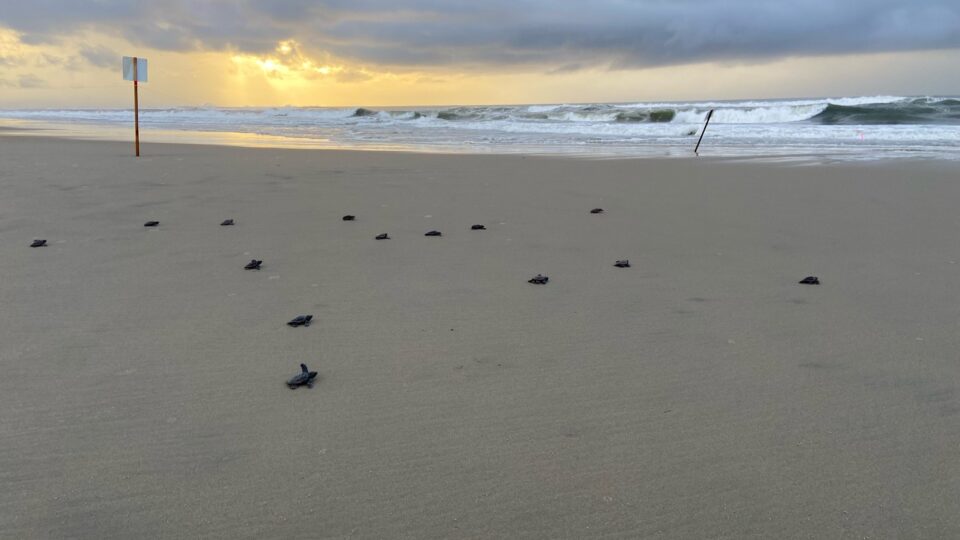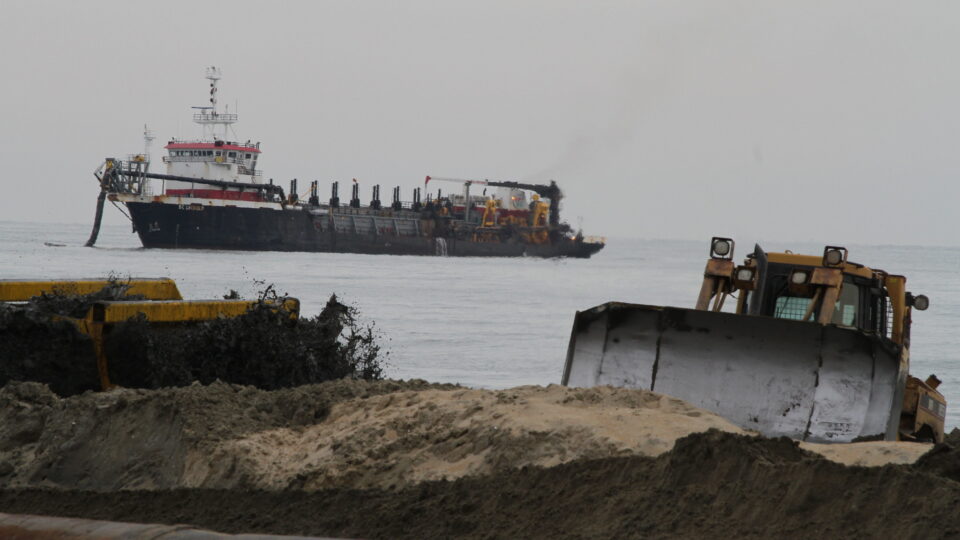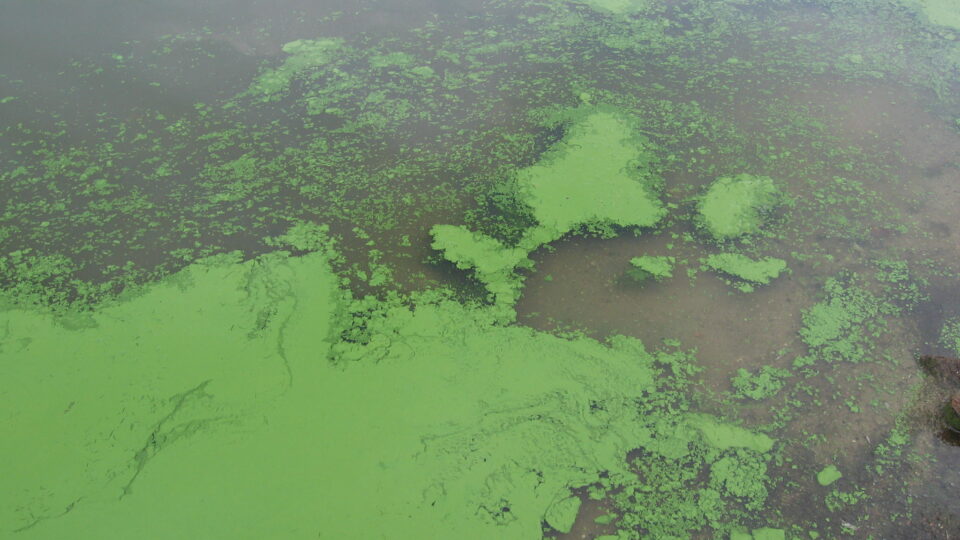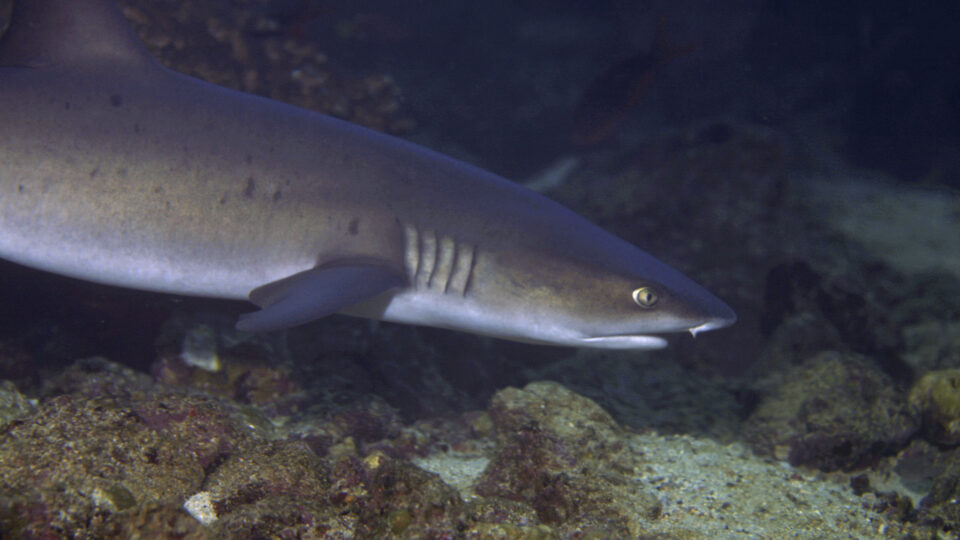The White House is considering an executive order that would fast-track permitting for deep-sea mining in international waters and allow mining companies to bypass a United Nations-backed review process.
Deep sea mining is the extraction of minerals from the seabed in the deep ocean. Most of the interest is in what are known as polymetallic nodules, which are potato-sized mineral deposits that have built up in layers over thousands of years. They are located several miles below the surface, primarily in what is called the Clarion-Clipperton zone, which is an environmental management area of the Pacific Ocean about halfway between Mexico and Hawaii.
A new multiyear study led by UK’s National Oceanography Center and published in the journal Nature found that the site of a deep-sea mining test in 1979 still showed lower levels of biodiversity than in neighboring undisturbed sites 44 years later.
Much is not known about the undersea nodules. We know that they produce oxygen. If the nodules are removed, will that reduce the amount of oxygen in the deep sea and affect the organisms that live there? If mining occurs, what effect will the metal-containing sediment plumes churned up by the mining process have?
The nodule fields sustain highly specialized animal and microbial communities. More than 20 billion tons of nodules are estimated to lie on the seabed of the Clarion-Clipperton Zone. If large-scale mining takes place, and there is much interest in that happening, it is important to find out what the impact will be on the ocean and its ecosystems because it is likely to be largely irreversible.
**********
Web Links
Deep sea mining for rare metals impacts marine life for decades, scientists say
Photo, posted September 4, 2014, courtesy of James St. John via Flickr.
Earth Wise is a production of WAMC Northeast Public Radio



















